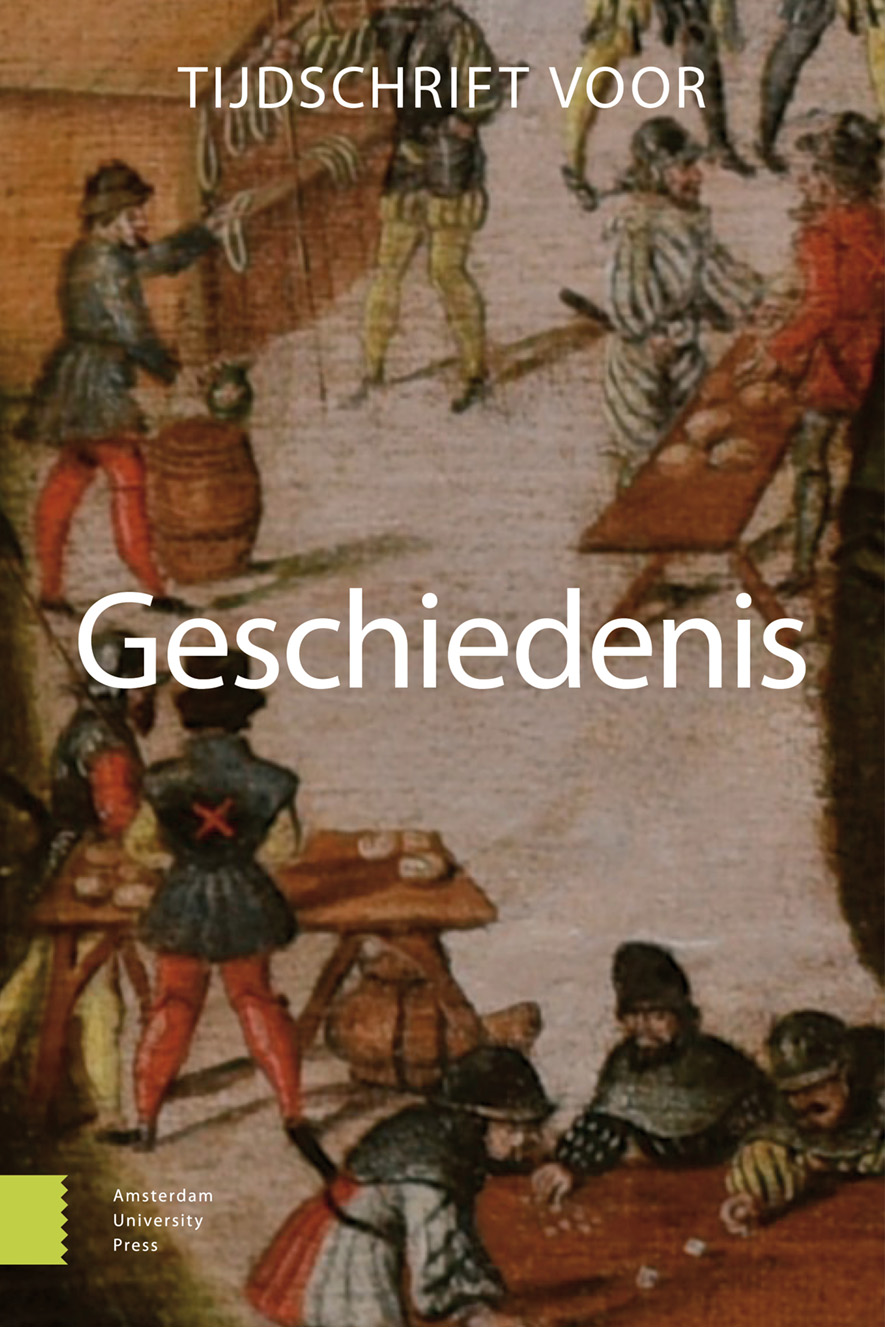-
oa Lichamelijkheid en emoties op het vroegmoderne podium - De martelaar als theatraal effect
- Amsterdam University Press
- Source: Tijdschrift voor Geschiedenis, Volume 126, Issue 4, Nov 2013, p. 516 - 529
Abstract
This article examines physical representation of pain on the early modern stage, taking as its starting point the genre of martyr tragedy. It considers one tragedy, La Macchabée (1596) by Jean de Virey. Analysis of its dramaturgical structures and the modalities of representation of this specific genre suggest a double hypothesis: (1) martyr tragedy cannot be understood without taking into account its links with the medieval tradition of mystery plays and its broader cultural imagination, and (2) emotions and their bodily representations are historically defined categories functioning within a specific performative regime. By means of their spectacular simulation of embodied emotions plays such as La Macchabée mobilized an emotional repertoire both for actor and spectator.


